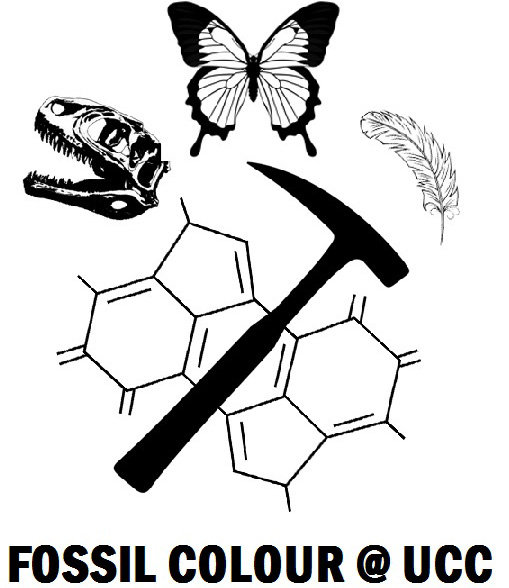Fossil Colour
Taphonomy of pigmentary colour in insects
The colours of many insects are created by various cuticular pigments. PhD student Nidia Alvarez is investigating the preservation potential of different pigments in modern insects and is applying the results to interpretations of evidence of pigments in fossils.
Taphonomy of colours in vertebrate skin

The colours of vertebrates are created by various pigments and colour-producing structures. PhD student Valentina Rossi is investigating the preservation potential of different colour-producing mechanisms in modern higher vertebrates and is applying the results to interpretations of evidence of colour in fossils.
Taphonomy of structural colours in insects

Many fossil insects preserve striking iridescent colours. In most cases these colours are created by fossilized multilayer reflectors. Our previous research has shown that the preserved colours are not the original colours of the animal in life [McNamara et al. 2009]– they are altered during fossilisation due to the effects of pressure and temperature [McNamara et al. 2013]. We are currently investigating how this alteration is affected by depositional environment.
Coming soon! taphonomy of 3D photonic crystals

Coming soon! taphonomy of colour in basal chordates and vertebrates



